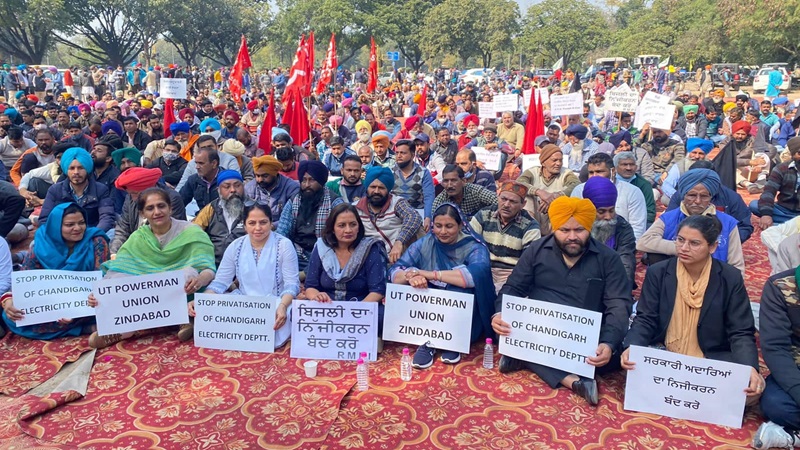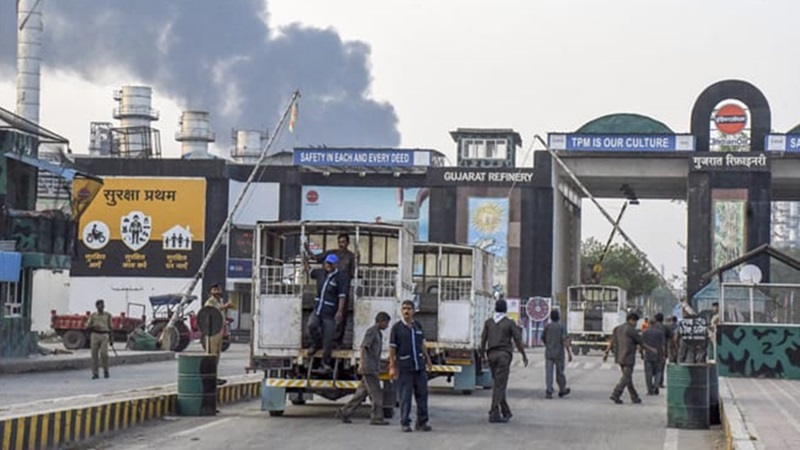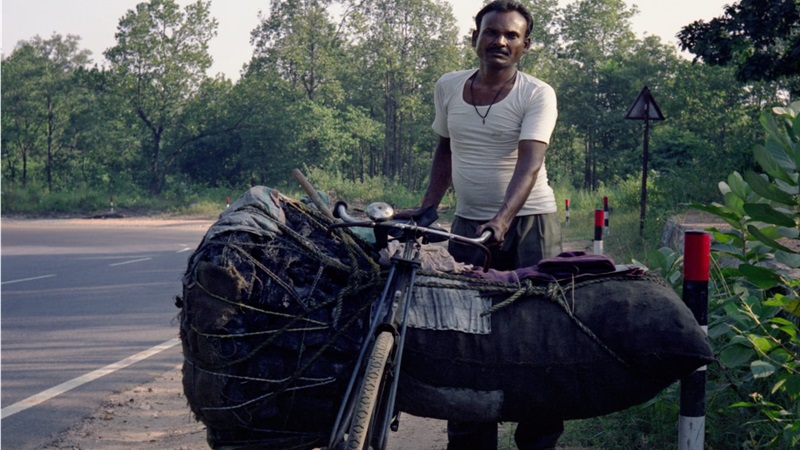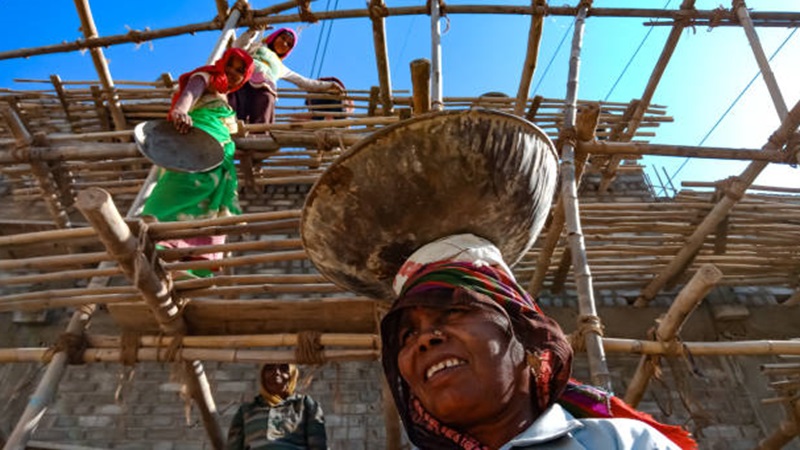A Must watch Film Jogi, Streaming at Netflix, An inside story of 1984 anti-Sikh pogrom
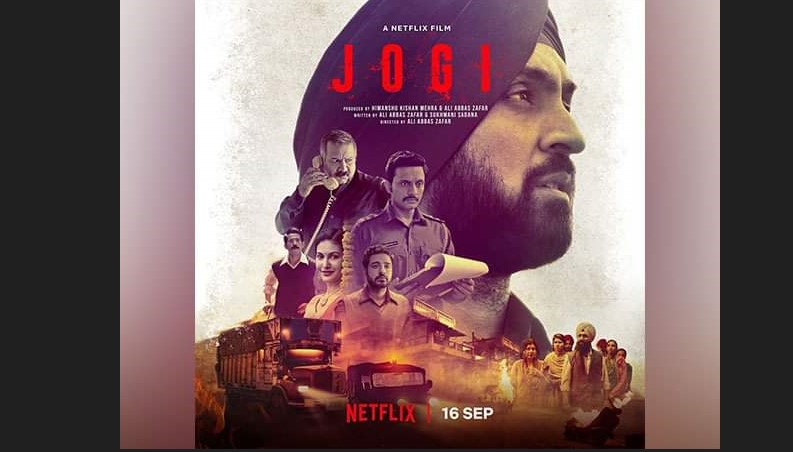
By Amandeep Sandhu
Last night I saw the movie Jogi on the 1984 anti-Sikh pogrom released exclusively on Netflix without even an attempt to release in cinemas. That itself should tell us something.
Not only in personal terms where the events of the year 1984 were a watershed for me, they were a watershed for the whole Sikh community, and perhaps for every justice loving person in the country.
The violence of 1984, whether attack on Darbar Sahib or the killings of Sikhs in the aftermath of Indian PM’s assassination, and the subsequent denial of justice, changed India.
ये भी पढ़ें-
- घोड़े को जलेबी खिलाती और दर्शकों को Reality Trip कराती फ़िल्म
- ‘द फ़ैक्ट्री’ फ़िल्म दिखाती है, श्रम क़ानूनों को कांग्रेस ने रद्दी बना दिया था, बीजेपी ने उसे बस जामा पहनाया है
Before we come to the movie, I think it is important to list a few questions because each of them has a bearing on the movie and how we watch it.
- How does one tell a story which is quite well known but not well acknowledged?
- How does one tell a story which has very obvious political dimensions but times have changed and a new power is in place and the movie does not want to be appropriated by the new powers?
- How does one tell a story of collusion of state agencies in one-sided violence, which instead of leading to a fair trial, to justice for the aggrieved, has been perfected as a template for further violence?
- How does one tell a story of these dimensions within what is still popular Hindi cinema format so that its reach is farthest?
- How does one tell a story which has a great bearing on the next generation which is now so used to clickbait stories and the WhatsApp university?
Unlike most popular Hindi cinema, what I found remarkable about Jogi is that it has no preamble, introduction, setting up the mood. After a warm scene of banter around a dining table, it launches into action. The makers trusted the audience’s intelligence. They trusted that if someone is unfamiliar with the pogrom, they will ask who was behind it. The answer would be obvious.
Our country was birthed in the blood of Partition. Yet, riots have been a sad feature since independence. 1984 was different because until then, including Nellie 1983, the violence was seemingly frowned upon by the state. Until 1984, the usage of state agencies – the police – and open abetment, encouragement, even an award program by politicians had never come to the fore to this extent.
This collusion changed the character of our democracy. Naming the Congress party was of course at par but we can also not deny the role of RSS and BJP in the pogrom. There is enough evidence. The vulnerability of naming Congress was BJP appropriating the movie to further their divisive agenda, as they have done until now. The Akalis, the BJP, the AAP have all used 1984 to milk votes. My conclusion is: the makers did not want to fall in that trap.
In art, as in life, there is the gross and the subtle. The 1984 pogrom, the carnage, the genocide was barbaric and horrific to say the least. It was all very gross. The Sikh community, the people who were affected, the victim families, have experienced much worse than what is shown in the movie. By now, the story has been told many times. There are articles, books, cases in courts, testimonials, hints in movies, but frankly, they have not really reached very far. We have exhausted language to speak about it but we have been unable to shake India’s conscience. To me, comparison with Jews or Holocaust does not work because in that case world opinion is against the Holocaust. In India, many still believe the Sikhs had the violence coming. They do not consider denial of justice wrong because it is so normalised.
The makers chose to tell the story through an unconventional track: friendship. How friendship between a Sikh, a Hindu and a Muslim served to save lives of people. This might sound outlandish because until now the narrative has been Sikhs were targeted. But we forget, according to writer Pav Singh and many testimonies I have heard, many Hindus lay down in front of Sikh shops and saved them.
Many Hindus and Muslims hid Sikhs in their homes. In Trilokpuri, Block 32, a small cluster of 5 Muslim families saved about 600 Sikhs. Again in Trilokpuri, according to Advocate HS Phoolka who has fought these cases in courts for over 30 years, Head Constable Jukti Ram staked his job and saved 30 Sikh girls who were kidnapped. To me, by foregrounding the friendship, the movie sharpens the background violence. For if that background were not there, there would have been no foreground. The treatment is subtle.
What comes out very well is the greed of the local politician. Also, the personal vendetta angle. Of course, I feel the flashback love angle was overdone. I am still thinking how the conflict between Jogi and Laali could have been set up earlier. But because we are talking, let me state, in Rourkela where my parents were saved by being moved to a Gurdwara along with other Sikh families for over seven days, courtesy a Hindu Additional District Magistrate Aurobindo Behera, a young Sikh man was stabbed at his gate. Reason: college rivalry. Just like we acknowledge greed, greed for power, we must acknowledge personal vendetta as a motive of crime.
ये भी पढ़ें-
- एक ज़रूरी फिल्म: ग्रेप्स ऑफ़ राथ, मंदी में अमेरिकी मजदूरों के संघर्ष की दिलचस्प कहानी
- ‘मृत्यु-कथा’- बस्तर, दांतेवाड़ा, अबूझमाड़ में आदिवादी संघर्ष की सच्चाई बयां करती किताब
After all the cringe-worthy stuff we have seen from Bollywood, the depiction of Singh as King and all that, I really valued how the symbols of the religion were depicted. The Kesh, the Kada, the Gurdwara, even the Dargah. To me, finally, it is a movie that educates a new generation about what happened with the Sikhs and forbodes what happens when justice is denied, when our representatives become our enemies, when our institutions betray us and perpetuate violence on us. A reality today. (Spoiler alert) Of course, the coming of Army ended the violence but the Army did not really save people the way depicted in the movie.
I must say, I liked how everyone acted. The happenings and the action seemed real. I think more and more non-Sikhs must see this movie. If only to mark the event when this country started tumbling downwards – the secular dream soured.
वर्कर्स यूनिटी को सपोर्ट करने के लिए सब्स्क्रिप्शन ज़रूर लें- यहां क्लिक करें
(वर्कर्स यूनिटी स्वतंत्र निष्पक्ष मीडिया के उसूलों को मानता है। आप इसके फ़ेसबुक, ट्विटर और यूट्यूब को फॉलो कर इसे और मजबूत बना सकते हैं। वर्कर्स यूनिटी के टेलीग्राम चैनल को सब्सक्राइब करने के लिए यहां क्लिक करें।)
